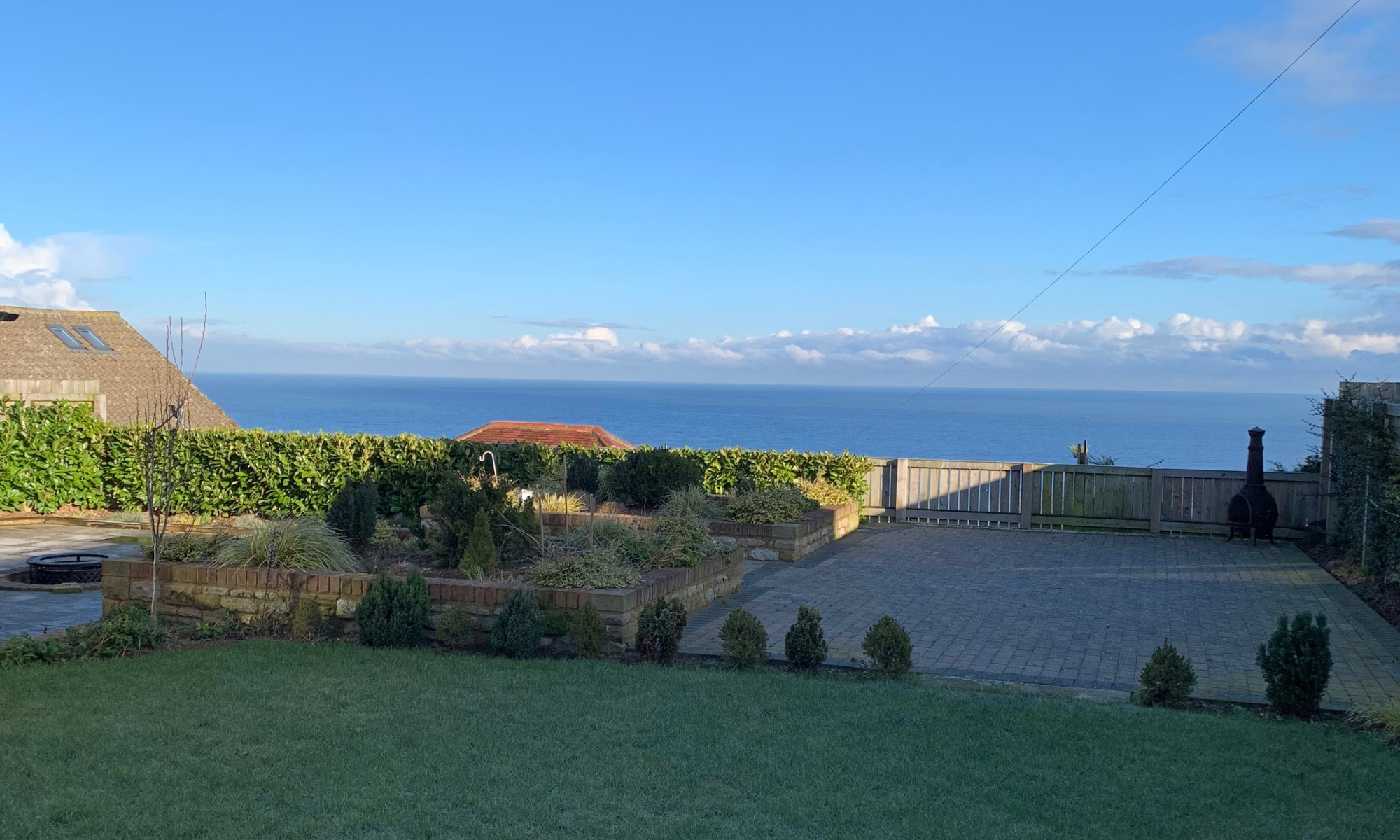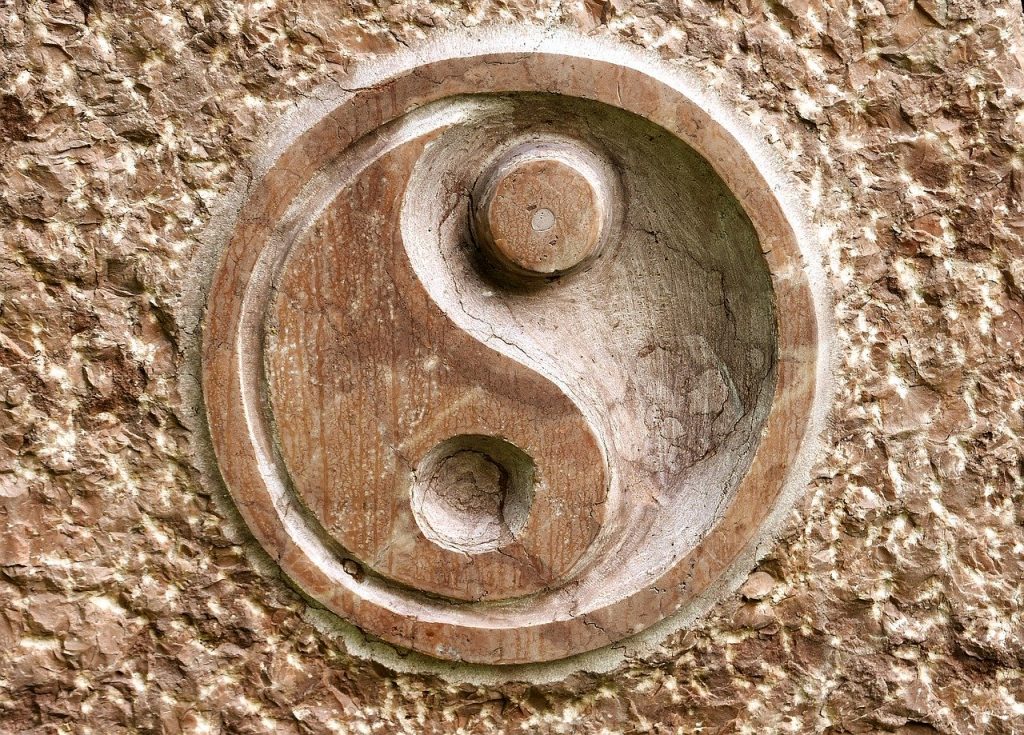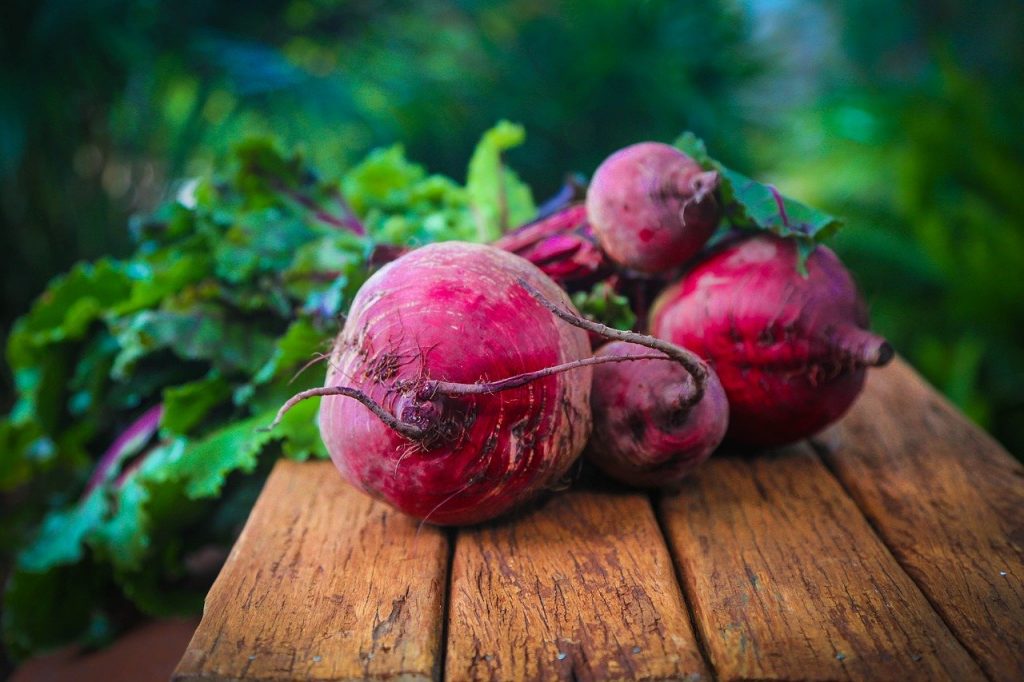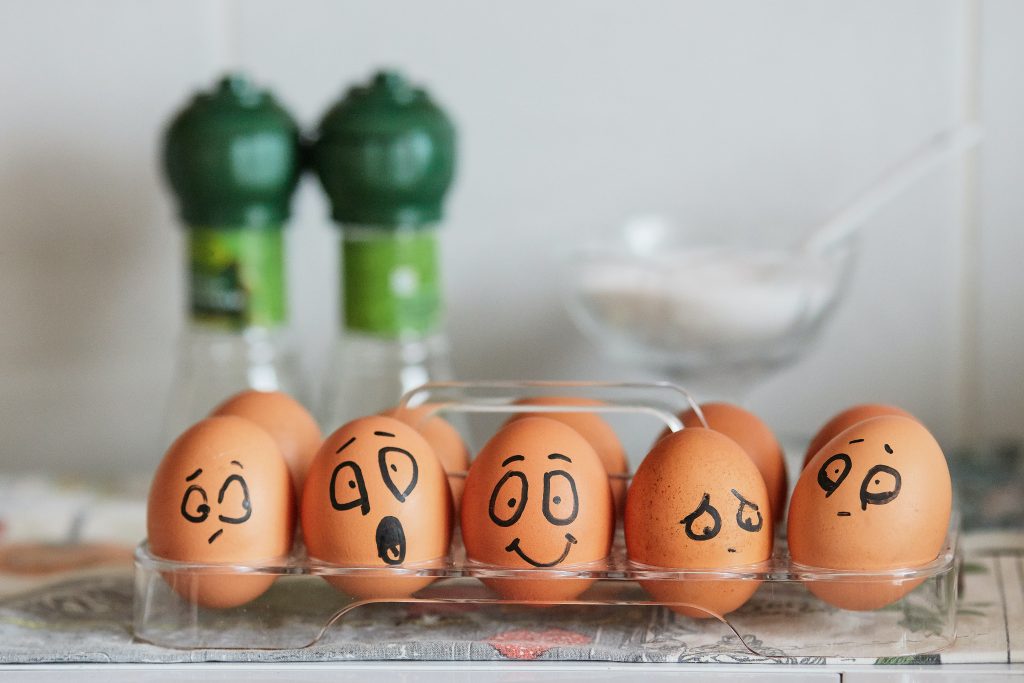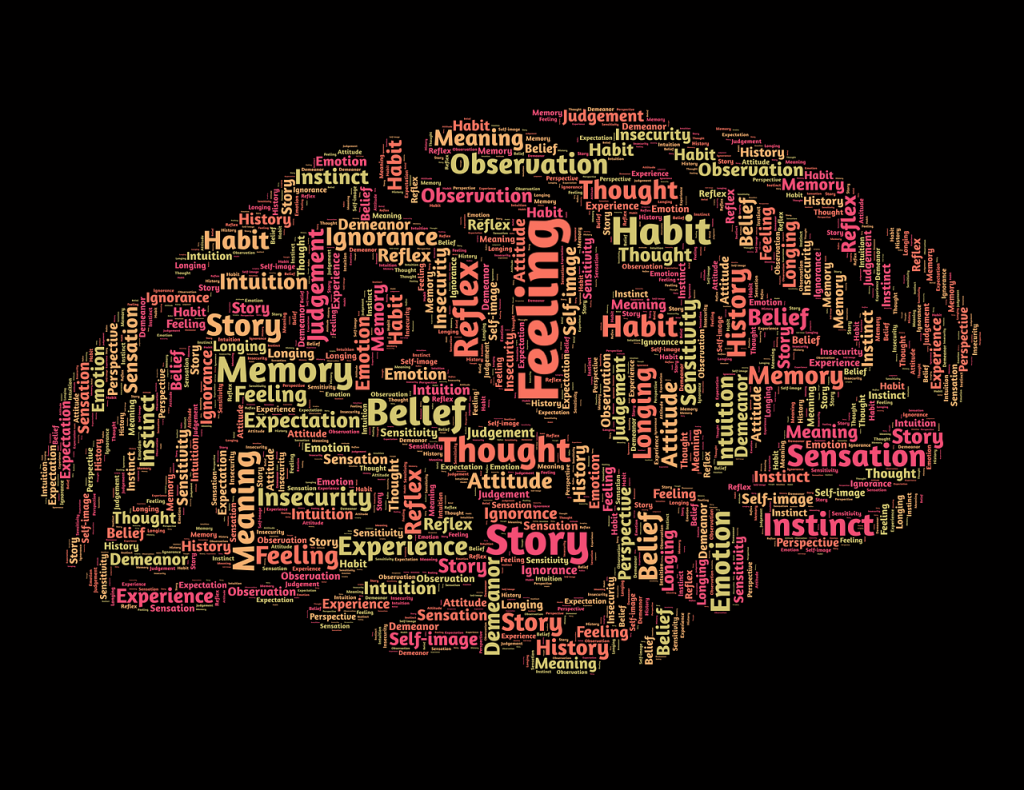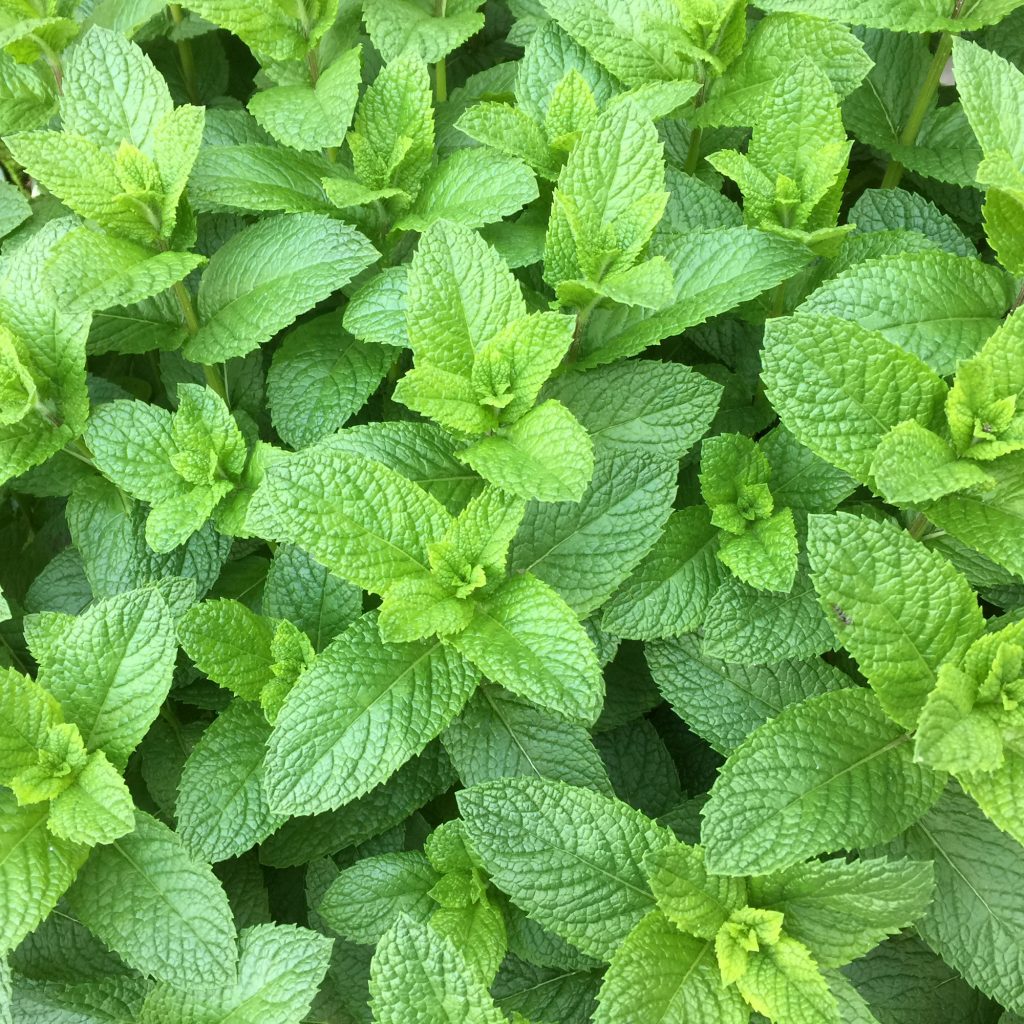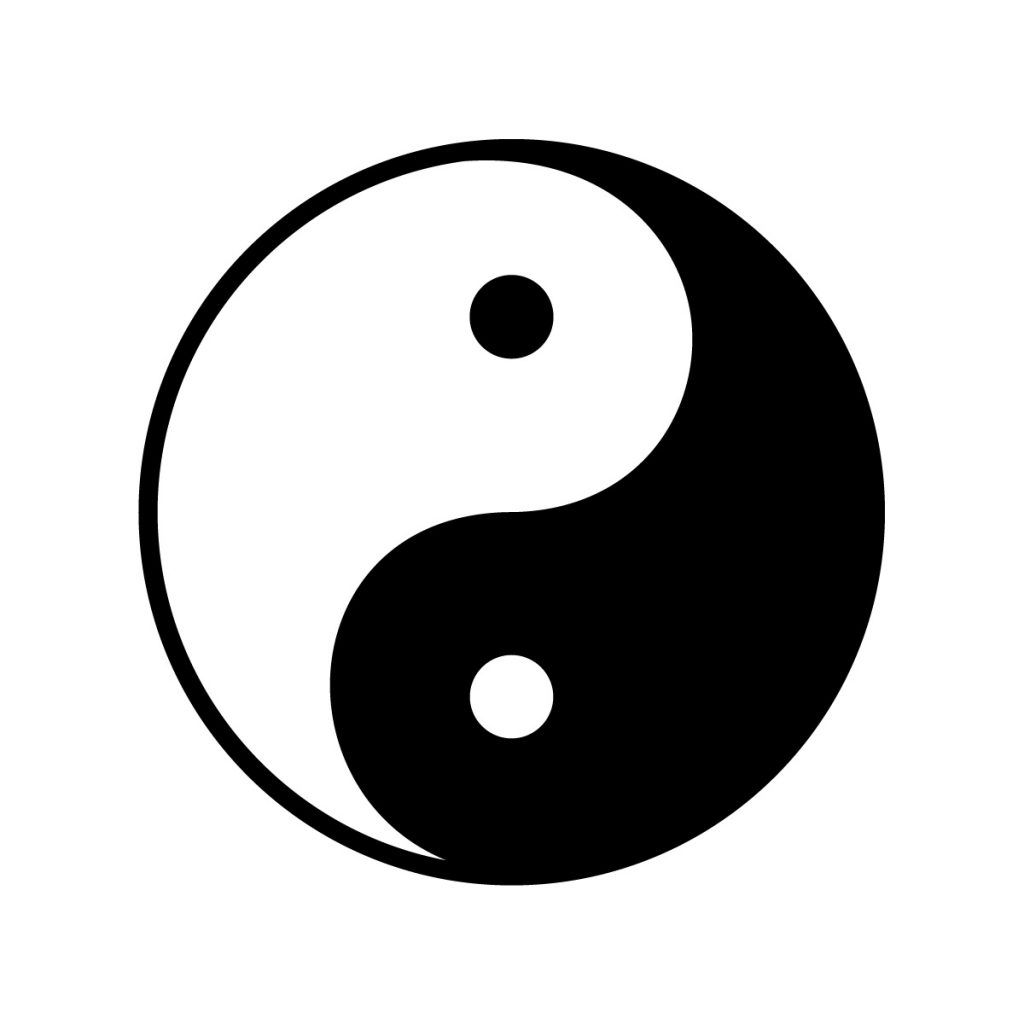As we start to reopen South Scarborough Acupuncture we are making some changes to opening times. We will be open more days but for shorter times.
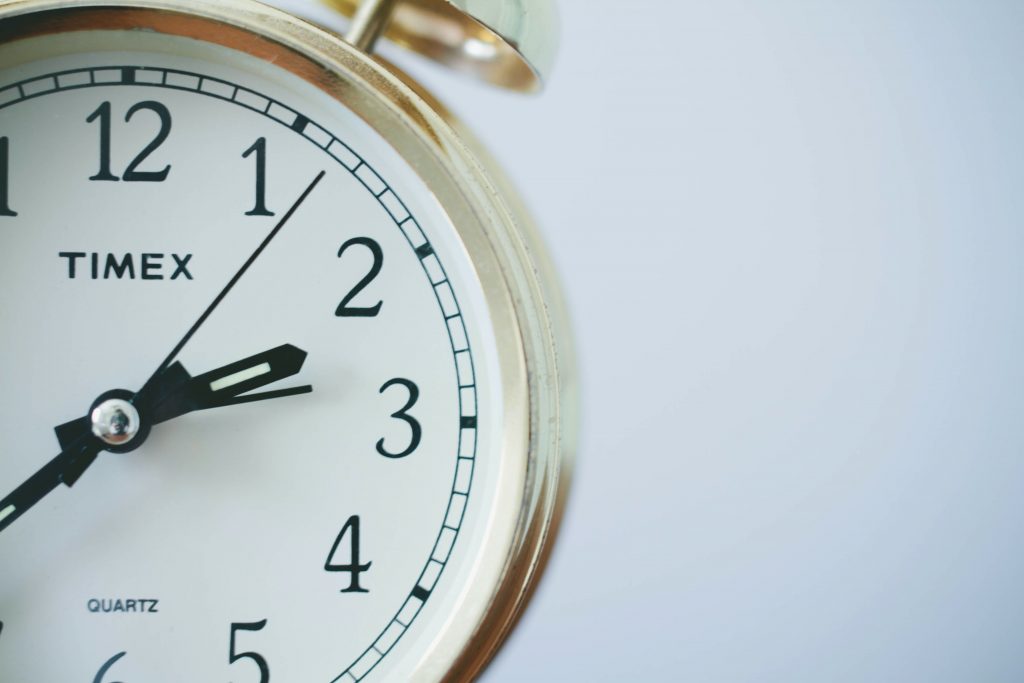
Opening hours are more flexible in some ways but also more limited than it may seem when looking at first glance. Appointments are available every weekday and by exception on Saturday. If you have to work all week and can only attend at a weekend, it is still possible to book an appointment. To do so, you will need to email or phone Sara on 07865 593972 rather than book online.
The new procedures at the clinic to reduce the Covid-19 risk, include a lot more deep cleaning between clients. This of course takes extra time, in addition to scheduling appointments so that clients don’t run into one another. Conducting consultations and treatments whilst masked up also takes its toll on both me and my client. To ensure that I manage my own Qi and can continue to give you a quality treatment, I plan to initially limit the number of in-person appointments each day to only 2-3.
Timings for booking appointments are fully open between opening hours. Once an in-person appointment has been booked on a particular day, this will then restrict appointments to those, suitably spaced, either side of the first one.
Opening Hours
Monday: 11:00AM–7:00PM
Tuesday: 8:30AM–5:30PM
Wednesday: 8:30AM–1:30PM
Thursday: 8:30AM–5:30PM
Friday: 8:30AM–1:30PM
Saturday: By special appt only
In addition, the first appointment of each week will be reserved for those urgent care or high needs clients that I consider most vulnerable. This ensures that they visit when the clinic has been closed to others for 72 hrs. These clients will have been identified through their pre-appointment screening questionnaire.
The changes to opening times will be reviewed as I learn what clients prefer and what works for my own energy levels. As always, a balance will be sought 😊
